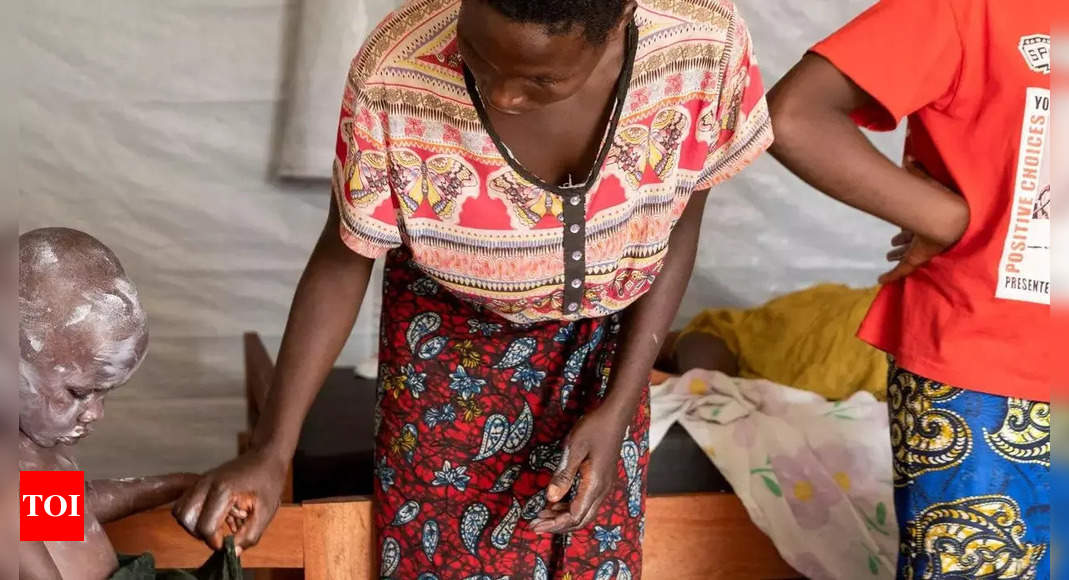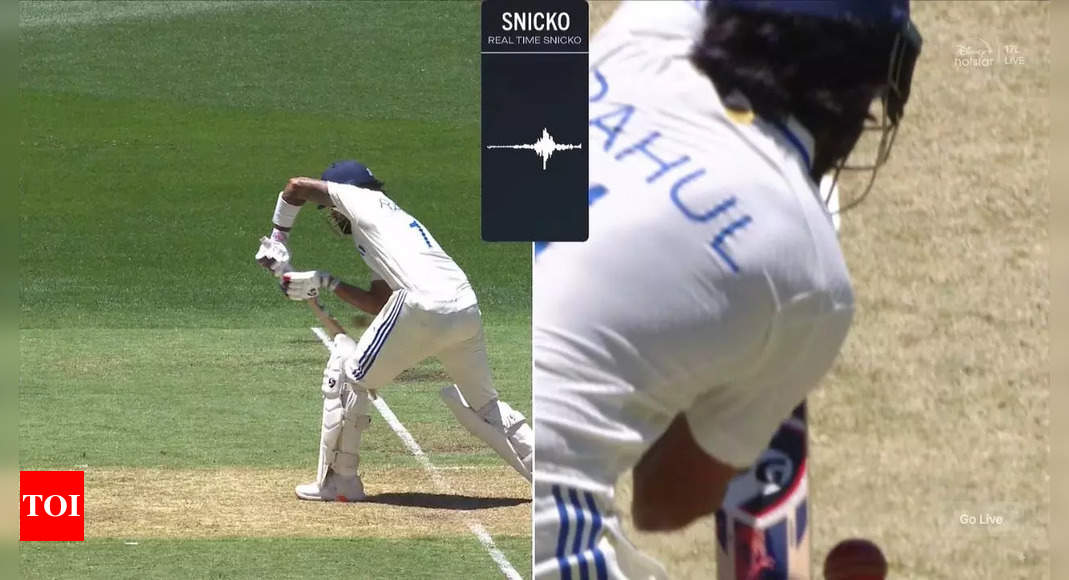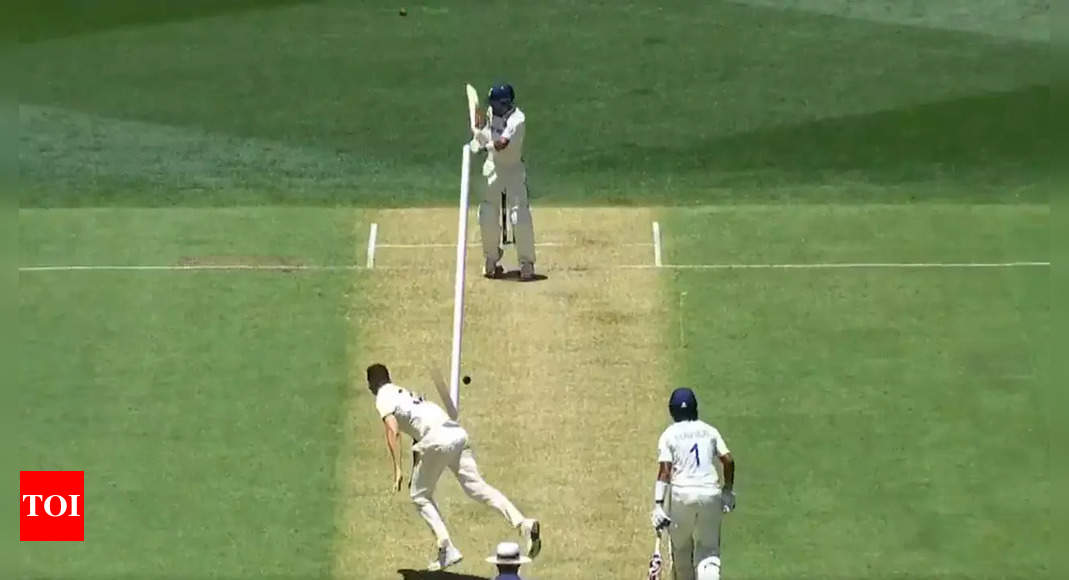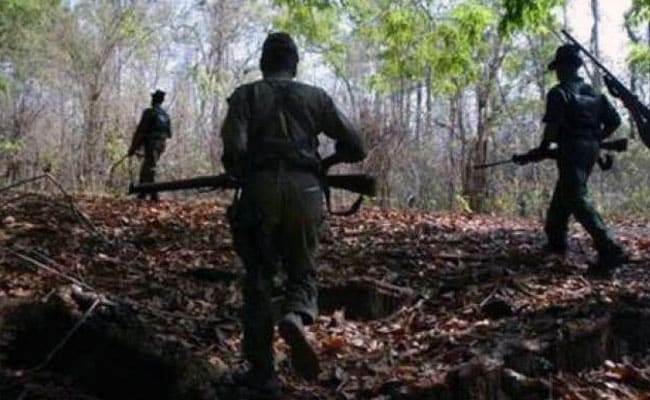
If a person with the mpox virus talks to somebody and spats out droplets, it might not spread as it is a minor transmission source compared to physical contact, the World Health Organisation (WHO) said on Tuesday.
Addressing a briefing in Geneva, WHO spokeswoman Margaret Harris said that mpox spreads between people mainly through close physical contact which includes skin-to-skin (such as touching or sex) and mouth-to-mouth, or mouth-to-skin contact (such as kissing), according to AFP news agency.
She said that if a person with the virus had lesions, “if you’re talking closely to someone, breathing on them, physically close, face-to-face, there is a possibility” of viral spread, “but this is a minor source”.
Instead, “what we’re seeing is the close, physical skin-to-skin” contact as the chief route of transmission, she told a briefing in Geneva.
“When you’re talking to somebody, you’re spitting out droplets,” but “it’s not a very major form of transmission — and it’s not a… through-the-air, long-distance sort of transmission”.
“More research is needed to fully understand the transmission dynamics,” Harris added.
According to the WHO, during the global outbreak that began in 2022, the virus mostly spread through sexual contact. More research is needed on how mpox spreads during outbreaks in different settings and under different conditions.
The virus can also spread during pregnancy to the fetus, during or after birth through skin-to-skin contact, or from a parent with mpox to an infant or child during close contact.
What are the different virus clades and how do they differ in impact?
As Harris said that more research is needed, the team is studying on two subtypes of mpox: Clade 1, endemic in the Congo Basin in central Africa; and Clade 2, endemic in West Africa.
The Democratic Republic of Congo is experiencing a surge in mpox cases, driven by two distinct strains of Clade 1.
In the northwest region, an outbreak of the previously identified Clade 1, now referred to as Clade 1a, is occurring.
Simultaneously, a new variant of Clade 1, designated as Clade 1b, has emerged in the northeastern part of the country since September last year and is rapidly spreading.
The WHO’s decision to raise the highest level of emergency alert was primarily influenced by the rapid spread of Clade 1b and its detection in neighboring countries.
As for whether Clade 1b is more dangerous than Clade 1a, Harris said: “We don’t have that data.”
“Studies are under way to understand the properties of the new strain. But available epidemiological data doesn’t really suggest that the clade 1b variant causes more severe cases and deaths.”
Addressing a briefing in Geneva, WHO spokeswoman Margaret Harris said that mpox spreads between people mainly through close physical contact which includes skin-to-skin (such as touching or sex) and mouth-to-mouth, or mouth-to-skin contact (such as kissing), according to AFP news agency.
She said that if a person with the virus had lesions, “if you’re talking closely to someone, breathing on them, physically close, face-to-face, there is a possibility” of viral spread, “but this is a minor source”.
Instead, “what we’re seeing is the close, physical skin-to-skin” contact as the chief route of transmission, she told a briefing in Geneva.
“When you’re talking to somebody, you’re spitting out droplets,” but “it’s not a very major form of transmission — and it’s not a… through-the-air, long-distance sort of transmission”.
“More research is needed to fully understand the transmission dynamics,” Harris added.
According to the WHO, during the global outbreak that began in 2022, the virus mostly spread through sexual contact. More research is needed on how mpox spreads during outbreaks in different settings and under different conditions.
The virus can also spread during pregnancy to the fetus, during or after birth through skin-to-skin contact, or from a parent with mpox to an infant or child during close contact.
What are the different virus clades and how do they differ in impact?
As Harris said that more research is needed, the team is studying on two subtypes of mpox: Clade 1, endemic in the Congo Basin in central Africa; and Clade 2, endemic in West Africa.
The Democratic Republic of Congo is experiencing a surge in mpox cases, driven by two distinct strains of Clade 1.
In the northwest region, an outbreak of the previously identified Clade 1, now referred to as Clade 1a, is occurring.
Simultaneously, a new variant of Clade 1, designated as Clade 1b, has emerged in the northeastern part of the country since September last year and is rapidly spreading.
The WHO’s decision to raise the highest level of emergency alert was primarily influenced by the rapid spread of Clade 1b and its detection in neighboring countries.
As for whether Clade 1b is more dangerous than Clade 1a, Harris said: “We don’t have that data.”
“Studies are under way to understand the properties of the new strain. But available epidemiological data doesn’t really suggest that the clade 1b variant causes more severe cases and deaths.”









